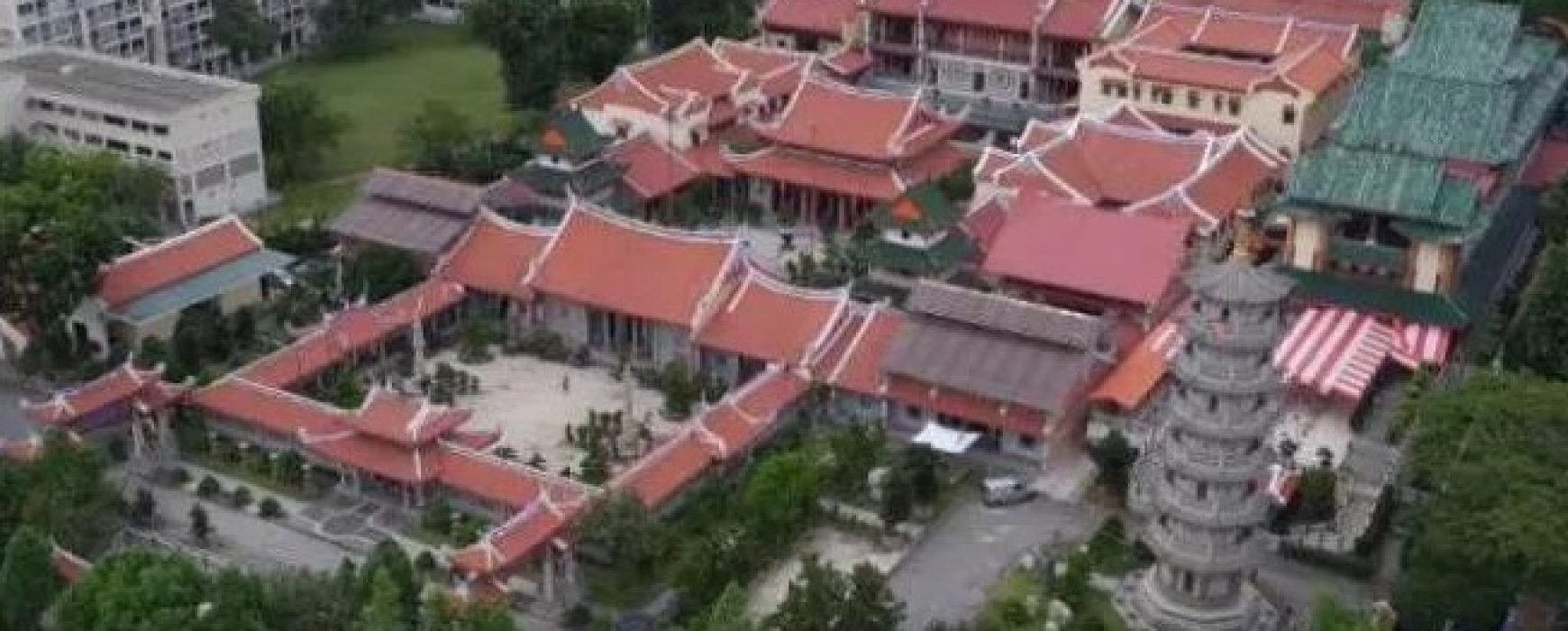Buddhist monasteries are a common space for the religious and institutional lives of all Buddhists, as well as a private space for the daily and social lives of Buddhist monks and nuns. It is also a space for Buddhist culture. The presence of Buddhist monasteries, especially their cultural and social functions, greatly changes the landscape of cities and improves the humanistic flavors of “mountains and forests.” Monasteries in many cities, including Jiankang 建康 of the Southern Dynasties (420-589), Yecheng 鄴城 of the Northern Dynasties (386-577), Chang’an 長安 and Luoyang 洛陽 of the Sui (581-618) and Tang (618-907) Dynasties, Kaifeng 開封 of the Northern Song Dynasty (960-1127) and Hangzhou 杭州 of the Southern Song Dynasty (1127-1279), played the roles of a commercial center, social center and cultural center. Therefore, as a space for social history, monasteries are an extension of the social spaces of monks and nuns.
As cultural and social spaces, Buddhist monasteries played important roles in the inheritance and interaction between Asian civilizations when Buddhism spread in Asia. Therefore, our exploration of Buddhist monasteries and Asian social spaces will not only help people understand the spread of Chinese Buddhism; it also helps us to know the process by which Asian civilizations formed.
This year marks the 120th anniversary of the Foundation of Lian Shan Shuang Lin Monastery 蓮山雙林寺, also known as Siong Lim Temple. This is the only Buddhist monastery that is listed as a national monument in Singapore. For this reason, the Department of Chinese Studies of National University of Singapore, Lian Shan Shuang Lin Monastery of Singapore, Institute for Ethics and Religious Studies (IERS) of Tsinghua University, and the Buddhist Studies Forum at the University of British Columbia co-sponsor this international conference on “Chinese Buddhist Monastery and Social Spaces in Asia,” at the Lian Shan Shuang Lin Monastery between June 29 and July 1, 2018. We hope to further explore this significant topic in the history of religion and the history of Asian civilizations.
Topics for this conference include, but are not limited to:
- a) Chinese Buddhist monasteries and social life spaces 漢傳佛教寺院與社會生活空間;
- b) How Chinese Buddhist monasteries influenced the spread of Asian civilizations漢傳佛教寺院對亞洲文明傳播的作用;
- c) Chinese Buddhist monks and Asian social life 漢傳佛教僧眾與亞洲社會生活;
- d) Chinese Buddhist monasteries and Singaporean social life 漢傳佛教寺院與新加坡民眾社會生活.
Interested scholars are invited to email more detailed proposals and cvs to wangshua16@mails.tsinghua.edu.cn, by April 15, 2018. All conference-related costs, including local transportation, meals and accommodation during the conference period, will be covered by the conference organizers, who—depending on availability of funding—may also provide a travel subsidy to selected panelists who are in need of funding.
We expect that this conference will generate conference proceedings in Chinese (papers written in English will be translated into Chinese for publication) to be published in China. Only scholars who are confident in finishing their draft papers by June 1, 2018 and publishable papers by the end of 2018 are encouraged to apply.








